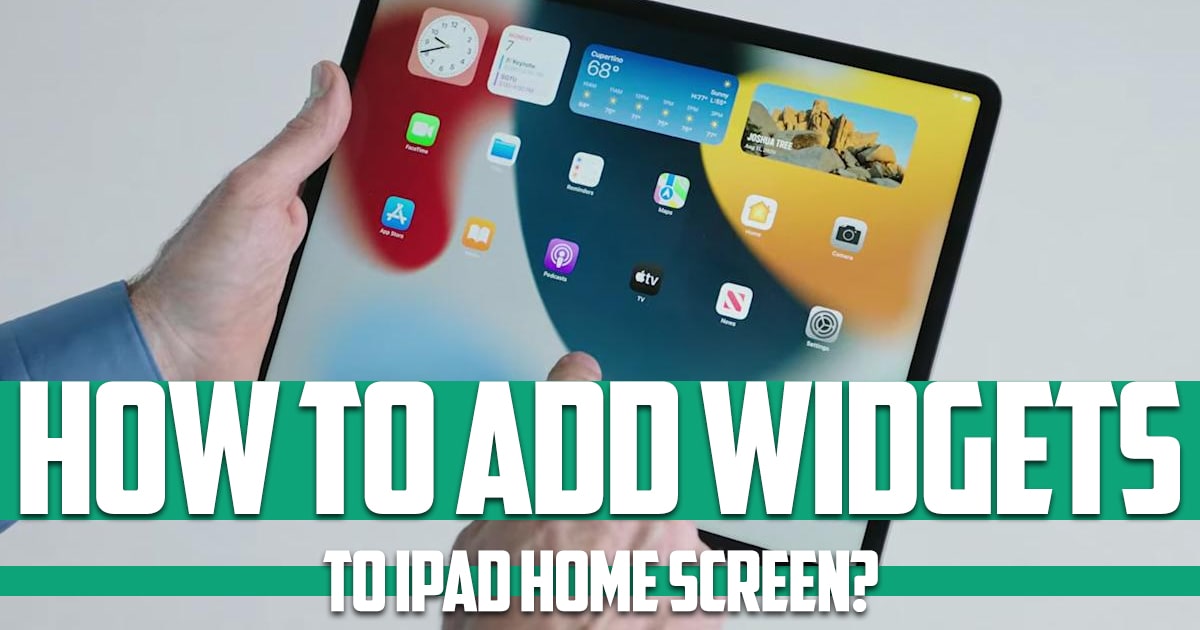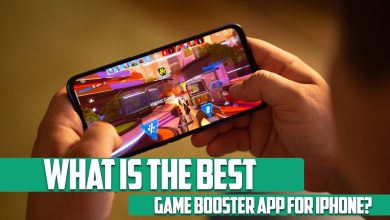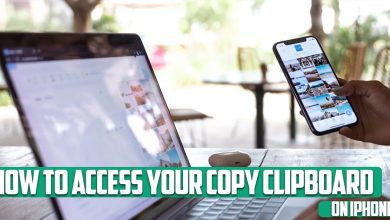How to add widgets to iPad home screen iOS 14?

How to add widgets to iPad home screen in ios 14? In iPadOS 14, Apple added the ability to slide widgets into the Today View screen and slide them onto the home screen, which was nice new. Now, in iPadOS 15, you can also drop widgets directly onto the home screen and arrange them however you want. In this article on the free phone app website, we will talk about this completely; So, stay with us until the end of this article.
How to add widgets to iPad home screen in ios 14?
If you are already using iOS 14, you can use the Today View widgets that can be brought to the home screen. Obviously, before you can use the new widget feature on your system, you need to upgrade to that version of the operating system.
Apple usually releases this to people in North America in the fall, but if you want to get ahead of the curve, you can always sign up for Apple’s beta software program, which lets you use public betas of iPadOS and iOS, macOS, try tvOS and watchOS before public release.
What is a widget? (its purpose)
Widgets are very useful programs that are placed as a module of the main program on the screen of your phone or tablet. It is better to know that people can view information from that application using the widget without opening the application.
iOS widgets are available in three sizes, which we divide into small, medium and large. They occupy the space of 4 apps, 8 apps (horizontal rectangles) and 16 apps (big squares that take up half of your screen) respectively. This program uses all the extra space to display useful information.
Widgets can be added to your phone home as a quick way to access specific information from apps without having to open the app itself. An example is the Calendar widget, which provides a quick view of upcoming events on your calendar without having to open the Calendar app.
Current and popular iOS 14 widgets:
Since the release of the iOS 14 platform, the following Apple widgets, including battery, calendar, clock, files, fitness, maps, music, news, notes, photos, podcasts, reminders, screen time, and shortcuts, It has provided stocks, TV and weather. There is also a Smart Stack widget and another called Siri Suggestions.
The Smart Stack widget automatically rotates the widgets on the screen to show the most relevant information throughout the day. When installed, the widget allows you to flip through different pages quickly. In the example below, you can see the Smart Stack showing the news of the day. However, by scrolling up and down, you can visit other screens.
How to keep widgets on Home Screen iPad?
First, open Settings by tapping on the gray gear icon. In Settings, go to Home. In the App icons section, check the More option. If larger is selected, you will not be able to place the profile on your homepage. After that, toggle the switch next to Keep Today View on Home Screen to turn it on.
This allows you to place widgets in the Today view on your home screen. After that, go back to your home screen and make sure you are in landscape mode; With the longest dimensions of the iPad orientation from left to right. You should see the Today view on the left side of the screen and the app icons on the right. Note that Today View widgets only appear in landscape mode on your home screen. If you switch to portrait mode, today’s view will disappear.

However, you can still move the Today View to the right with a quick click. If you want to add widgets to Today View, swipe up on Today View until you see the Edit button at the bottom of the screen. tap on it; Then you see; The icons will start to shake. To add a widget, tap the plus (+) button in the upper left corner of the screen.
A widget selection panel appears on the right half of the screen. Using this panel, you can drag and drop a list of available widgets. When you find the widget, you want to add, tap and drag it to the Today View area of the screen, then lift your finger.
While you’re at it, feel free to add several more widgets and arrange them as you like by dragging your finger around the screen. When you’re done, tap Done in the top-right corner of the screen. After that, everything is ready. You’ll see the home screen as normal again, and the widgets you configured in Today View will be where you expect them to be.
If you change your mind and want to remove certain widgets, just tap the edit button at the bottom of the Today view again, then drag the widgets out of the Today view.
How are the new widgets on the iPad?
On the iPad, the new widgets are only available to people in the Today view on the device’s first home screen. It is better to know that you cannot transfer them to different places through the device. With this limitation, they still work as they do on iPhones. On the iPad tablet, you can choose from different widget sizes (small, medium, large) or add a Smart Stack, just like an iPhone smartphone.
The widget page is sorted by displaying the various options available. You can use the built-in search function or tap on one of the examples to search for the widgets you want. You can also scroll down and select one of the current options. Widget instances, like widgets themselves, are dynamic and based on real-world conditions. For example, a new widget offers up-to-date news headlines, just as the clock widget shows the current time.
Conclusion
It is better to know that widgets are designed in different sizes. Widgets are only one of the new features that have been made available to users with the iOS 14 update. In this article on the free phone app website, we discussed one of the most important and common questions of users and how to add widgets to the iPad home screen in iOS 14?





